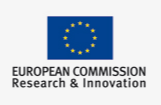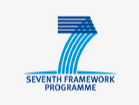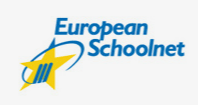 Welcome
Welcome The aim of this Community is to:1. Know and understand the programming language Scratch - origin, fundamentals and educational strengths connecting and making curriculum meaningful, and promoting STEM
|  Meet the expert
Meet the expert
EduScratch is about the use of SCRATCH in an educational context and provides training and support from pre-school to secondary teachers as well as in-service training for educators and prospective teachers all over the country. The project not only supports teachers and schools but also shares resources, stories, news and examples of good practice (using the EduScratch website/community that has a forum for interaction with those seeking for online help) to motivate and support other teachers that want to know more about it and to start working with Scratch. Teresa has a degree in Geology, University of Lisbon (Faculty of Science). She has worked as a Maths and Science teacher with 5th and 6th grade students and is also a Maths teacher trainer. She has a Master’s Degree in Education – Educational Technology (Faculty of Psychology and Education – University of Lisbon). Her thesis is about the use of Scratch in the Maths classroom. She is also a writer and one of her published books (poetry) is part of the Portuguese National Reading Plan as recommended reading to be used in schools.  Scratch and ICT
Scratch and ICT Youngsters seem to be more and more passive consumers, little autonomous and less motivated intrinsically for learning at school. The innate curiosity, imagination, creativity and the need that is the mother of invention all vanish in most pupils along 11 to 12 years of pre-university school. Therefore, many youngsters do not develop high-level competences that can make them pro-active, autonomous, critical citizens, inventors and constructors in the future. Taking into account the easy and close relation that youngsters presently establish with information and communication technologies (ICT), together with the still not much generalized use of ICTs as learning tools at school, it is pertinent to support the use of learning tools like Scratch in the design of stimulating and motivating learning environments, where the youngster can play an active role building his own knowledge with the help from teachers and their peers. Scratch is a new networked, media-rich programming language that makes it easy to create stories, presentations, animations, interactive games… work cooperatively, communicate and share the creations on the web. |
 Teresa Marques works at the ICT Competence Centre of the
Teresa Marques works at the ICT Competence Centre of the 

